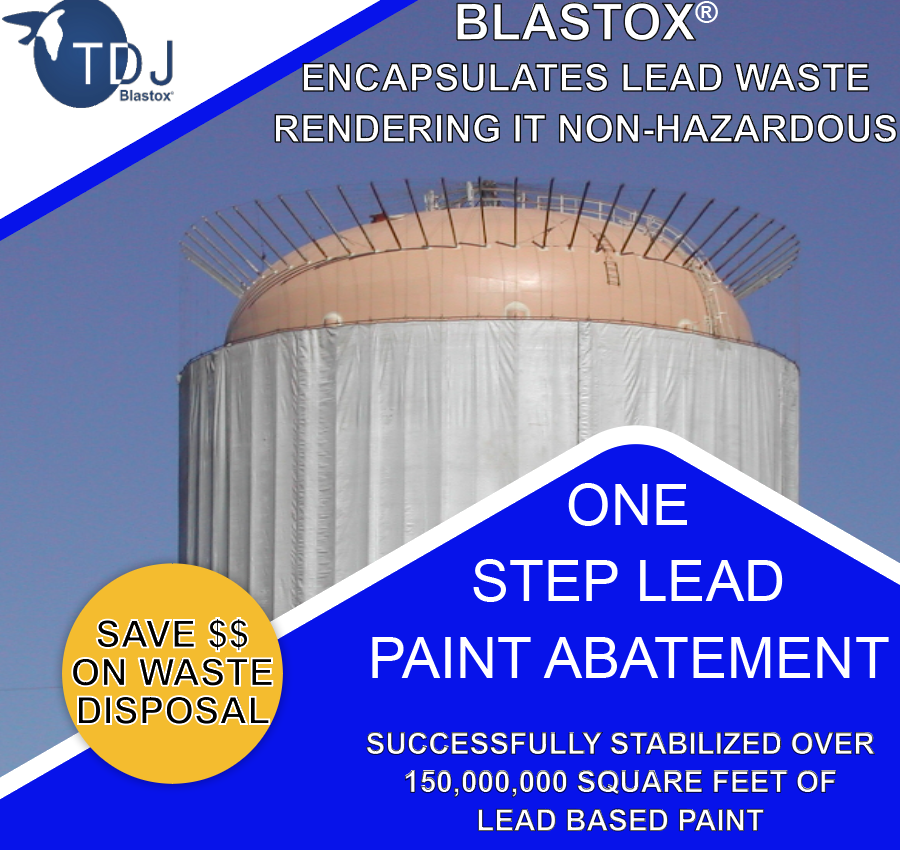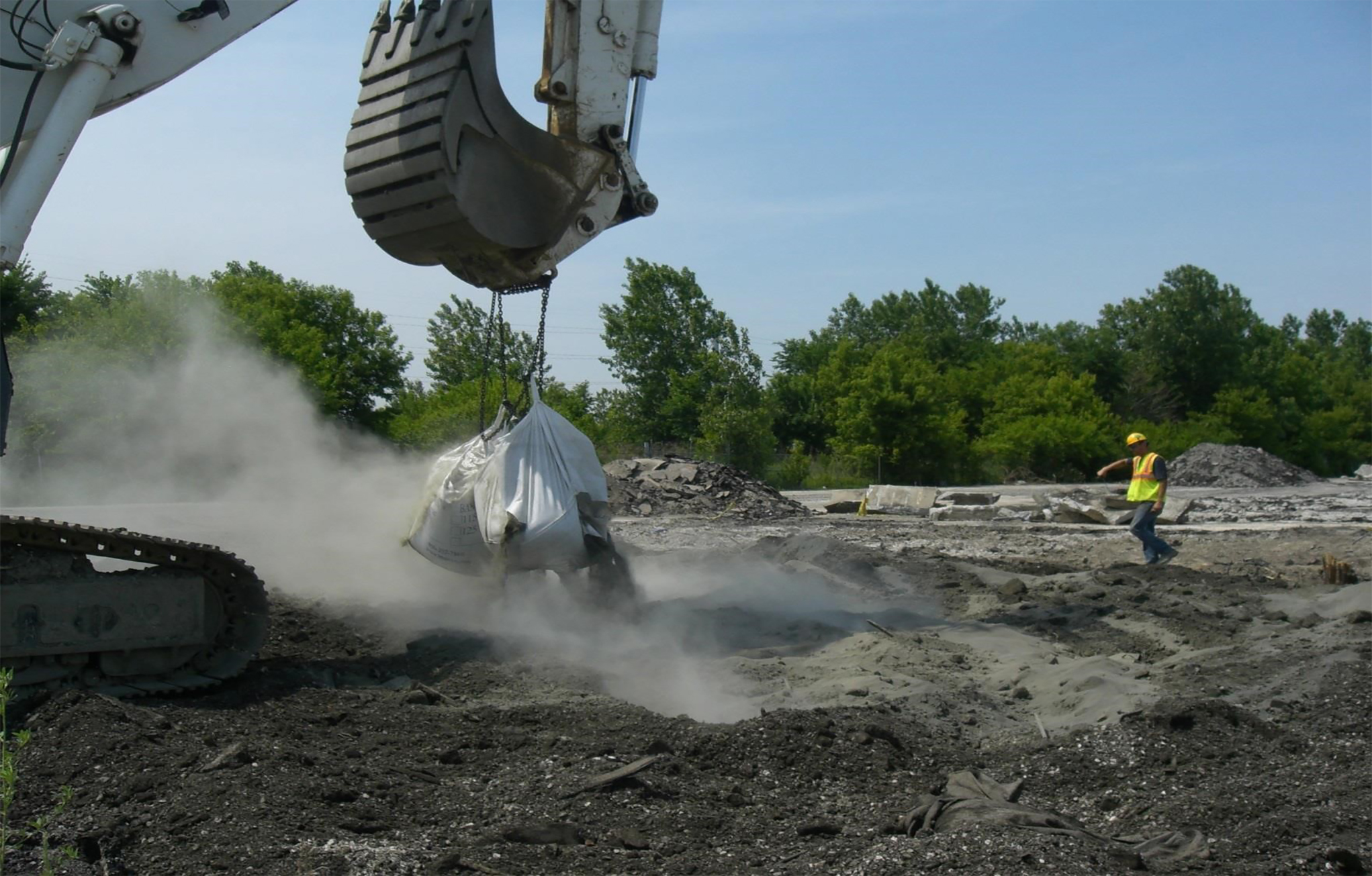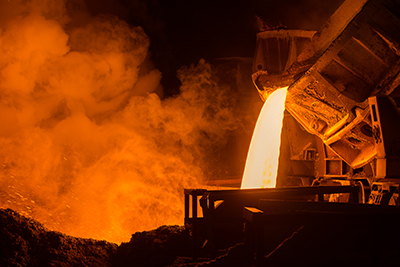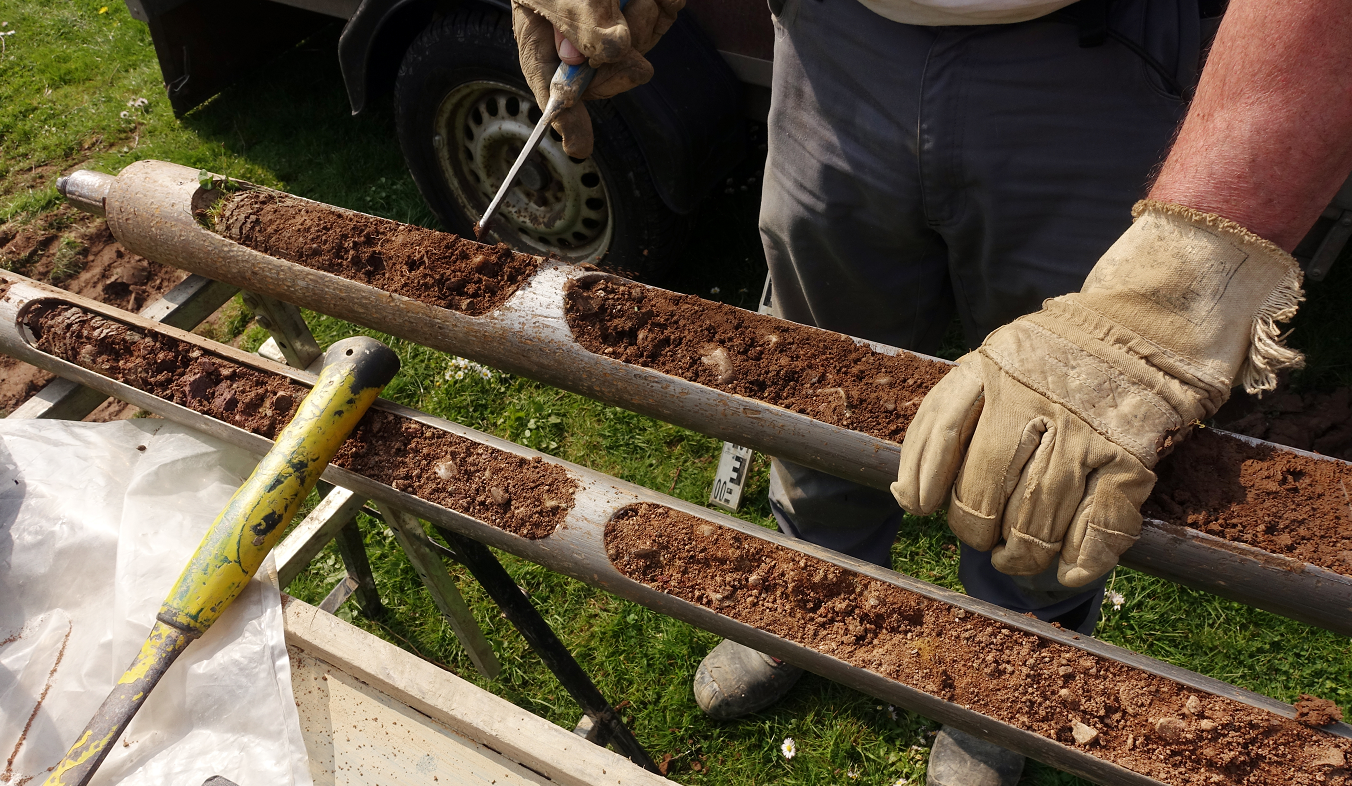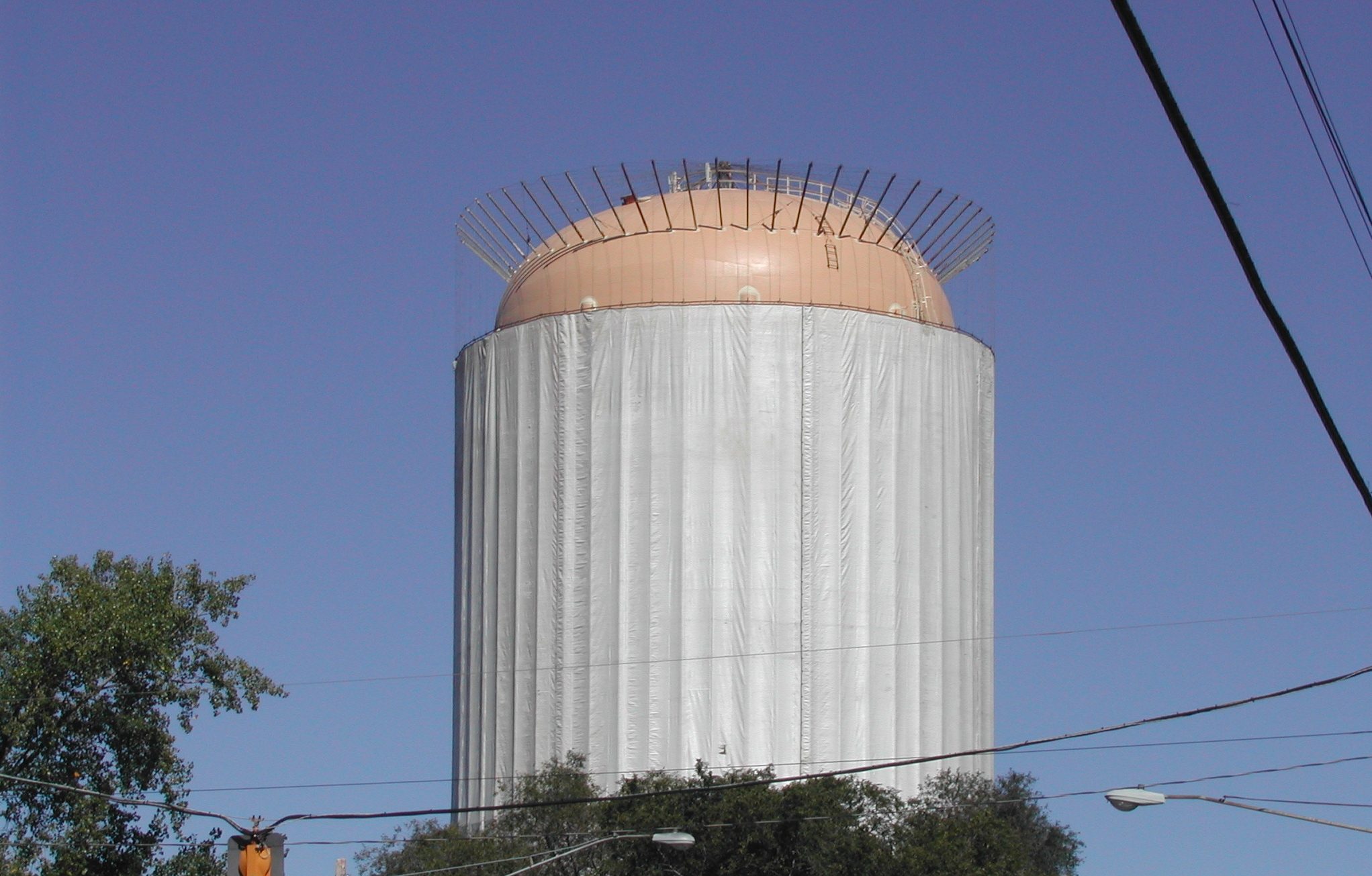
TCLP Testing Lead Paint Waste
Lead-based paint removal is a critical process in renovation, demolition, and industrial maintenance projects. Proper disposal of lead paint waste is essential to meet environmental regulations and prevent hazardous contamination. One of the key methods used to determine if lead paint waste is hazardous is TCLP testing lead paint waste.
What is TCLP Testing?
TCLP (Toxicity Characteristic Leaching Procedure) is a test established by the Environmental Protection Agency (EPA) to assess whether waste materials contain hazardous concentrations of contaminants, including lead. The test simulates landfill conditions to determine if lead can leach into groundwater at dangerous levels.
Why TCLP Testing Matters for Lead Paint Waste
If lead paint waste exceeds the EPA’s regulatory limit of 5.0 mg/L of lead, it is classified as hazardous waste and must be managed accordingly. Failing to comply with TCLP testing requirements can result in regulatory fines, environmental liability, and unsafe disposal practices that threaten human health and ecosystems.
How Blastox Helps in TCLP Compliance
Blastox is an additive to abrasives that stabilizes lead in paint waste, significantly reducing leachable lead levels to pass TCLP testing. By integrating Blastox into your abrasive blasting process, you can:
- Ensure Compliance: Lower lead leaching levels to meet EPA hazardous waste criteria.
- Reduce Disposal Costs: Non-hazardous waste disposal is significantly less expensive than hazardous waste management.
- Improve Environmental Safety: Prevent lead contamination in soil and water sources.
The TCLP Testing Process for Lead Paint Waste
- Sample Collection: Waste samples from lead-based paint removal projects are collected and prepared for testing.
- Extraction Procedure: The sample is mixed with an acidic solution that mimics landfill conditions.
- Filtration & Analysis: After agitation, the liquid extract is analyzed for lead concentration.
- Results & Classification: If the lead concentration is below 5.0 mg/L, the waste is classified as non-hazardous. If it exceeds this limit, special hazardous waste disposal procedures must be followed.
Stay Compliant with Blastox
At TDJ, we provide innovative solutions to help contractors and environmental specialists safely remove and dispose of lead-based paint waste. Our technology is proven to reduce lead leaching and ensure TCLP compliance, making hazardous waste disposal more manageable and cost-effective.
Ensure your next lead paint removal project meets environmental safety standards. Contact us today to learn how Blastox can help you pass TCLP testing and reduce lead waste hazards!
